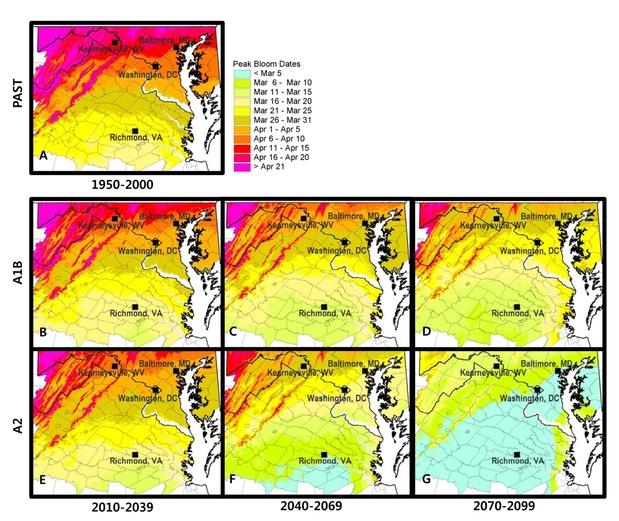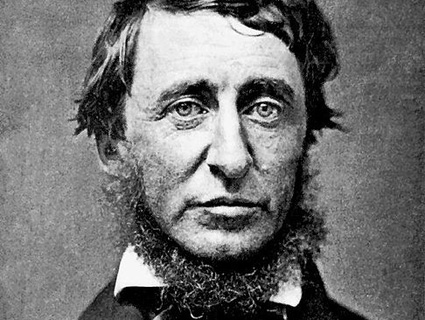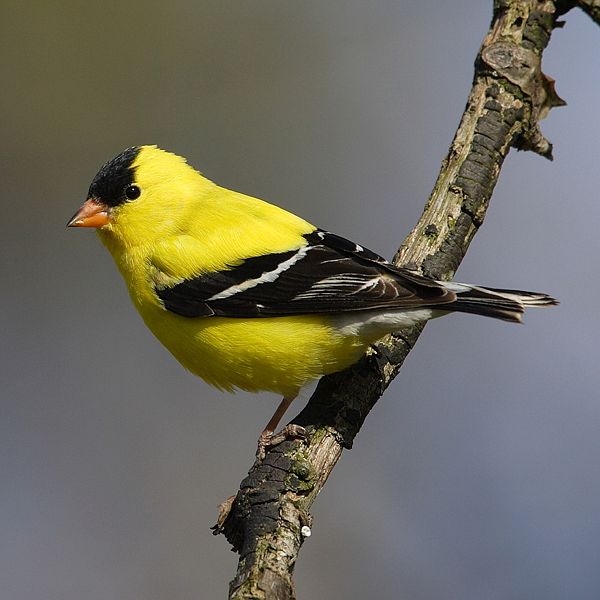
<a href="http://www.flickr.com/photos/yurilong/5578225774/sizes/m/in/photostream/">yurilong</a>/Flickr
Cherry blossom season is epic in Washington, DC, drawing people from all over the world to enjoy the fluffy pink and white trees that Tokyo’s mayor gave to the city as a gift in 1912. This year is the centennial celebration, and more than a million visitors are expected in the city during the five-week-long festival. But the trees are blooming ever-earlier, thanks to global warming, which could mean holding the celebration in February by the time the bicentennial rolls around.
The average date for “peak bloom” is April 4, but this year’s exceptionally warm weather (it’s supposed to hit 82 degrees here on Thursday) has forced the National Park Service to move the date of anticipated bloom up twice already. After adjusting it again on Wednesday, the NPS now predicts peak bloom will happen between March 20 and 23.
But it could be even earlier in the coming years. The Washington Post on Thursday flagged a recent paper from researchers at the University of Washington that predicts that rising temperatures could push peak bloom back to February within this century. In the worst warming scenario—if the world moves forward on a high-green-house-gas emissions path—we could be seeing blooms 13 days earlier by 2050 and 29 days earlier by 2080. On the mid-range emissions path, blooms are expected to come five days earlier by 2050 and 10 days earlier by 2080.
The paper, from Soo-Hyung Kim of the Center for Urban Horticulture at the University of Washington, notes that, “For its sensitivity to winter and early spring temperatures, the timing of cherry blossoms is an ideal indicator of the impacts of climate change on tree phenology.” Here’s what the changes look like going forward under two different emissions scenarios:














